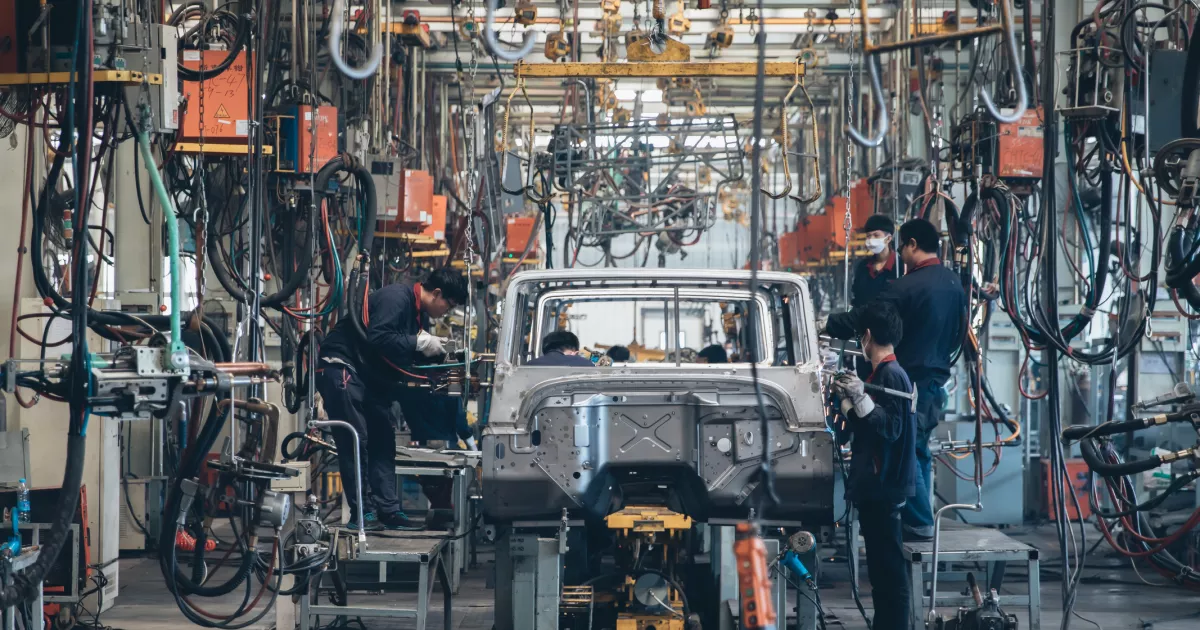Elsewhere, the non-manufacturing PMI, which tracks service sector activity, fell to 46.7 from 48.7 in October, also the lowest reading in seven months.
The 50-point mark separates contraction from activity growth on a monthly comparison basis.
Less global demand
The Chinese economy, already under pressure from a housing slump and weakening global demand for Chinese goods, experienced a broad slowdown in October, raising concerns about growth in the last quarter of 2022.
This month, the Chinese authorities have put in place a series of policies to prop up the economy, including cuts in the required reserve ratio and adjustments to anti-Covid policies, while easing restrictions on financing to rescue the real estate sector.
Earlier this week, the securities regulator lifted a ban on refinancing shares of publicly traded companies, in the latest measure to support the real estate sector. The markets applauded the move and shares and bonds of Chinese real estate companies rose.
China was also rocked by unusual street protests in many cities over the weekend due to strict anti-Covid-19 measures.
Nomura analysts said in a report on Monday that areas and facilities accounting for about 25.1% of China’s total GDP are now under lockdown, up from a previous peak of 21.2% recorded in April, when Shanghai was under a lockdown. large scale lockdown.
The official manufacturing PMI focuses heavily on large and state-owned companies. The private sector Caixin Manufacturing PMI, which focuses more on small businesses and coastal regions, will be released on Thursday.
















